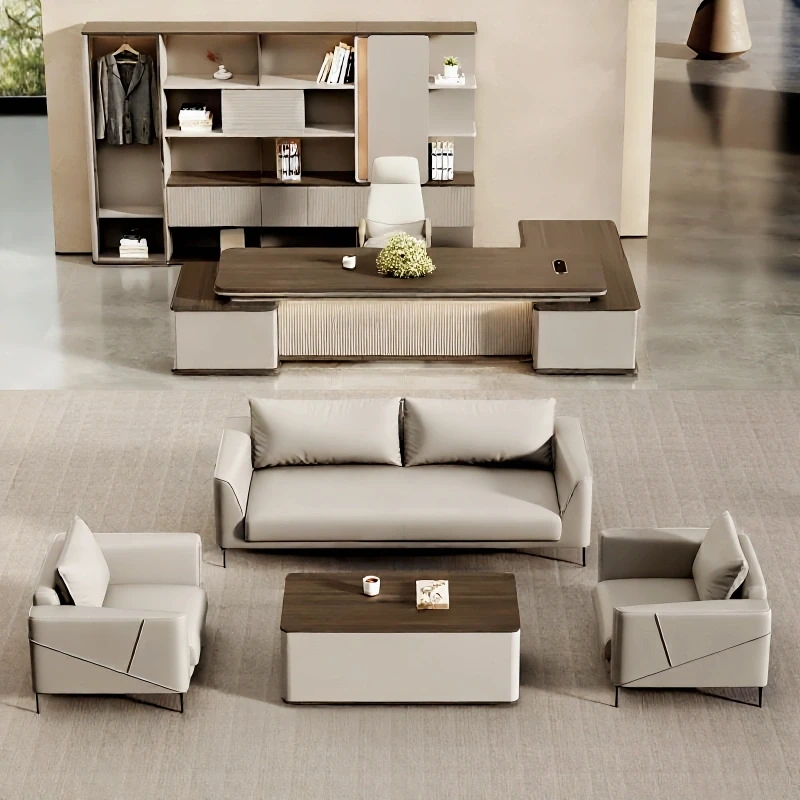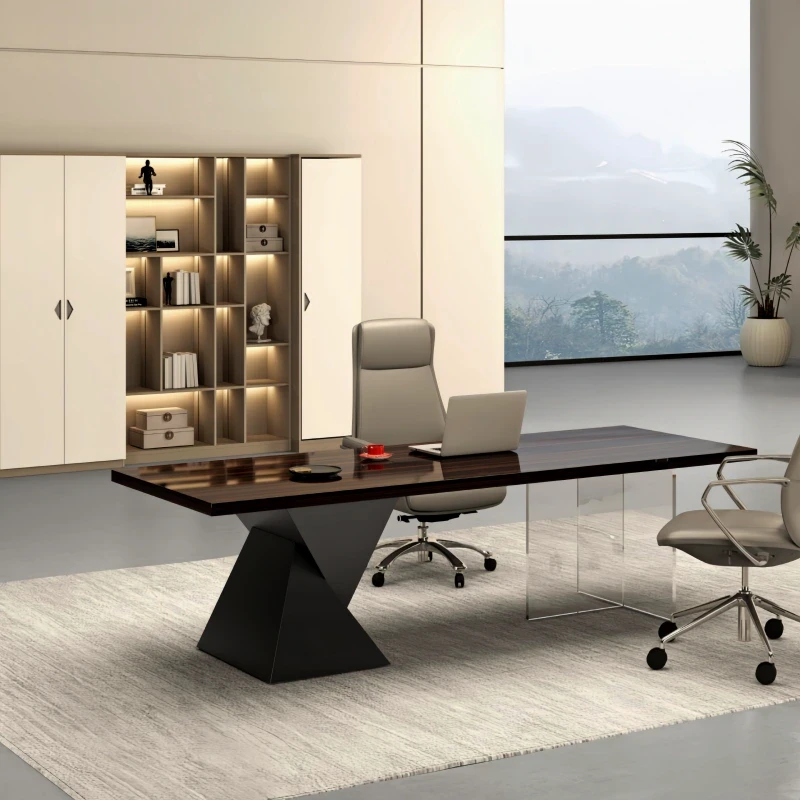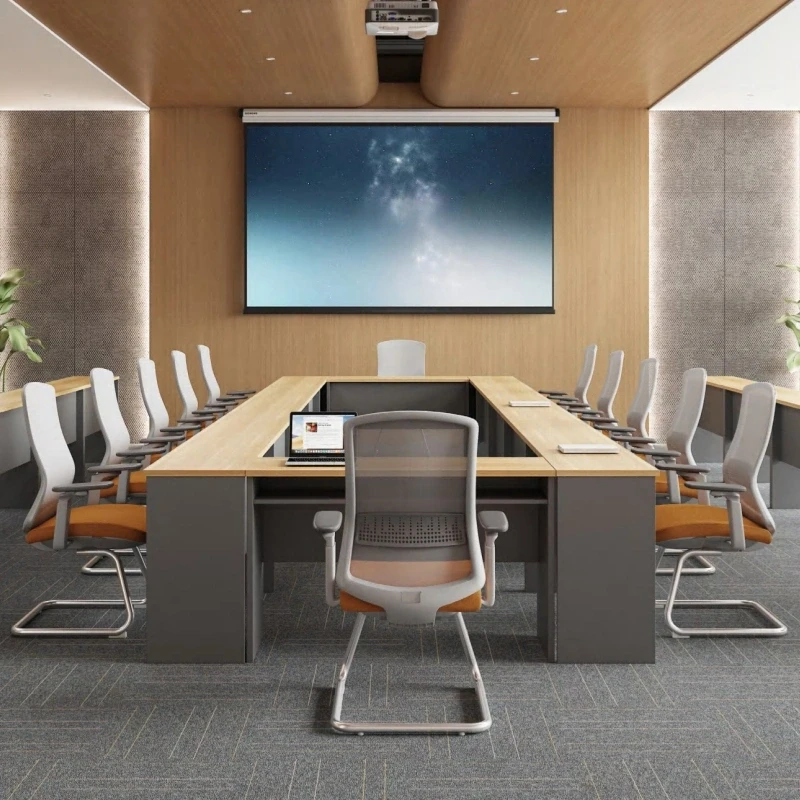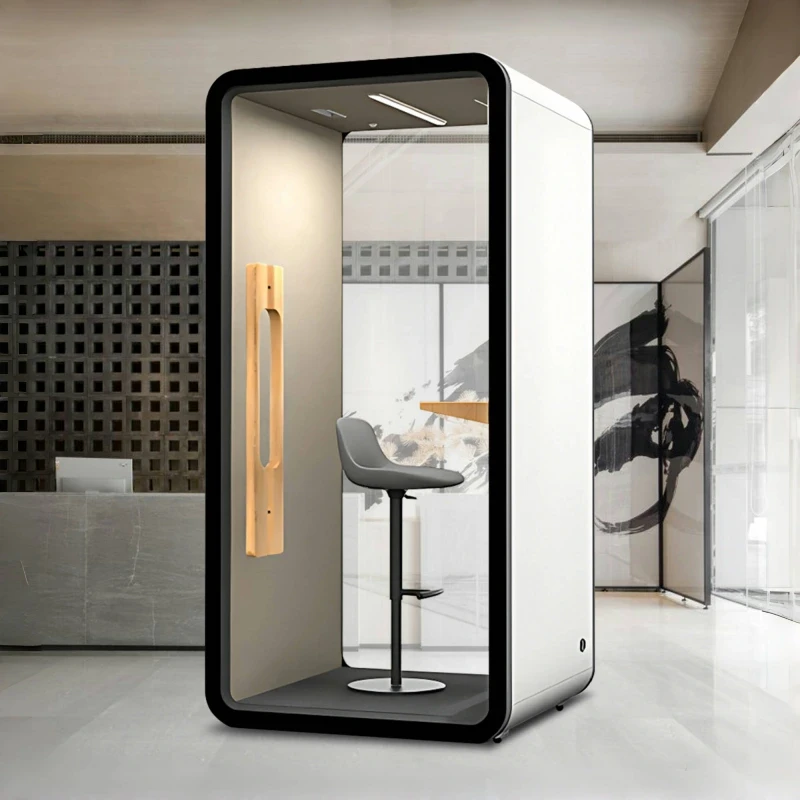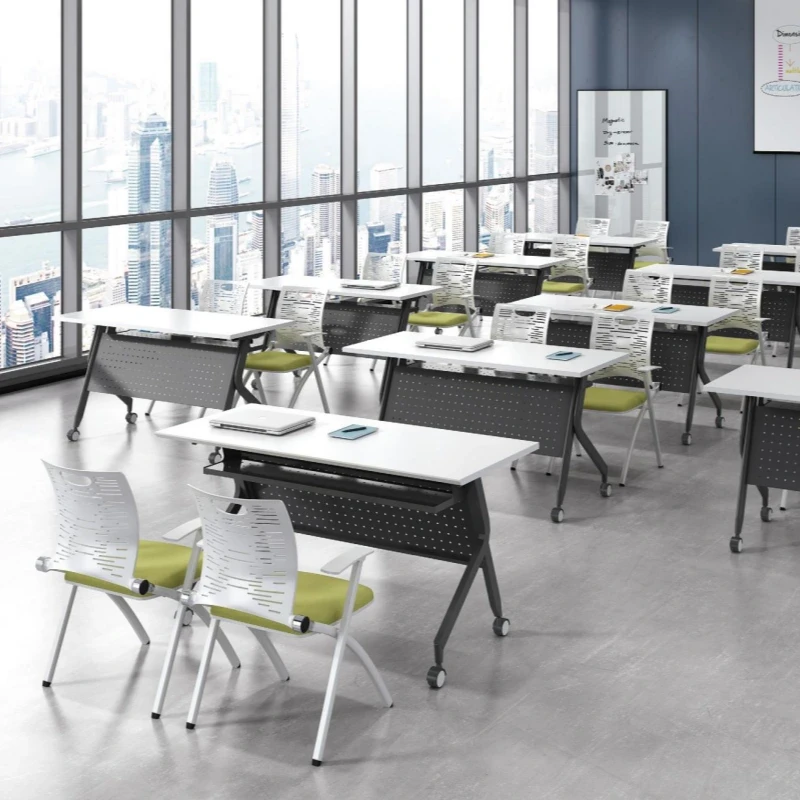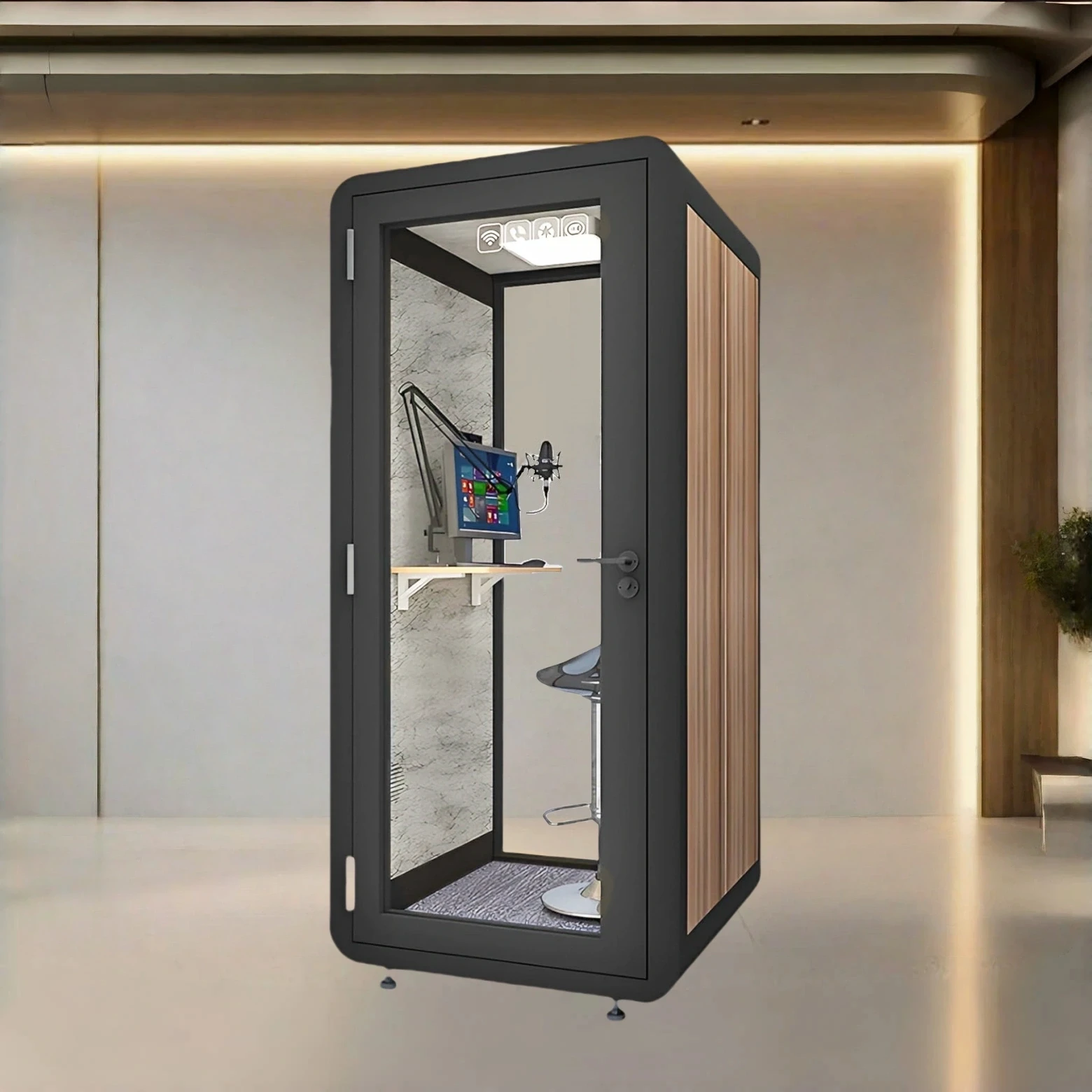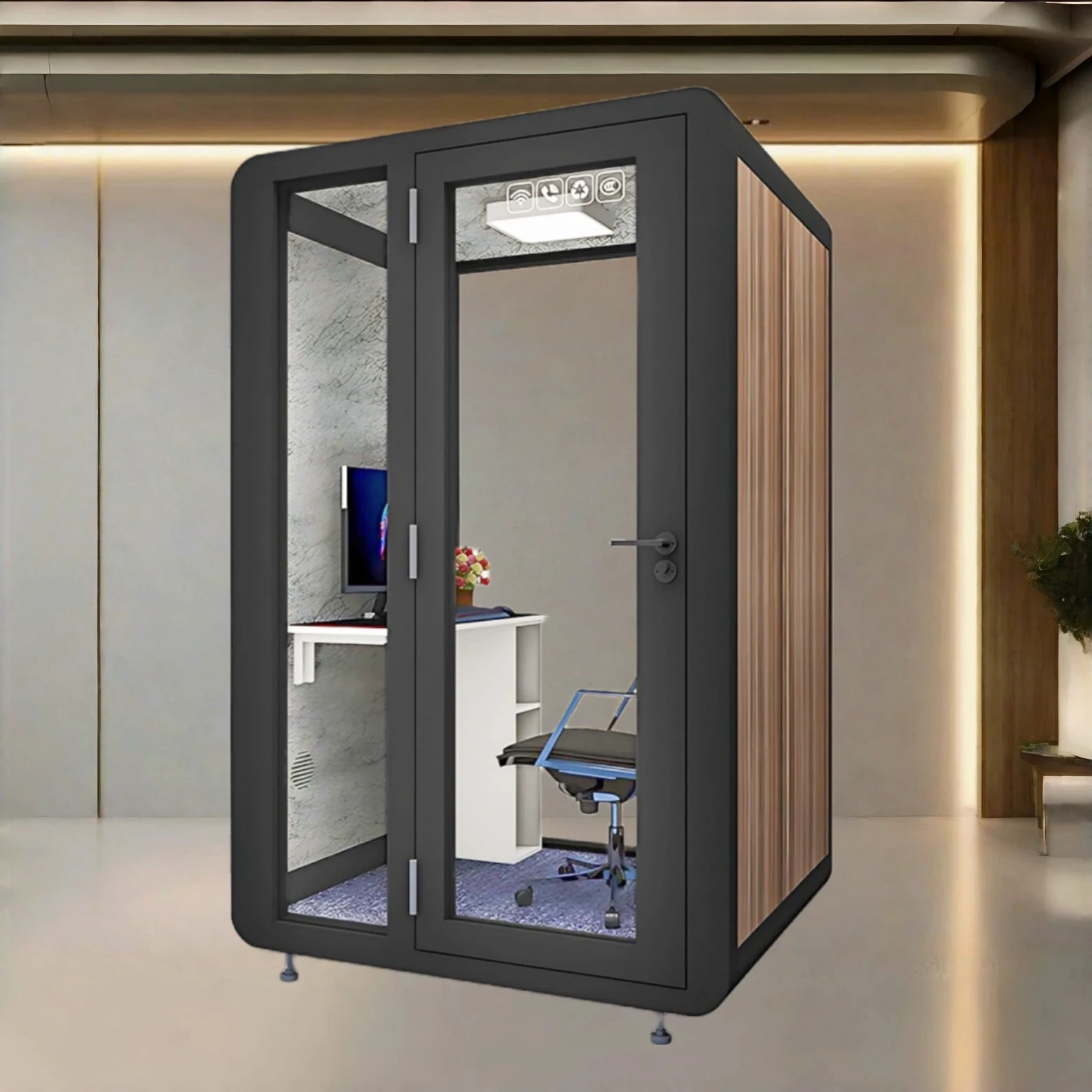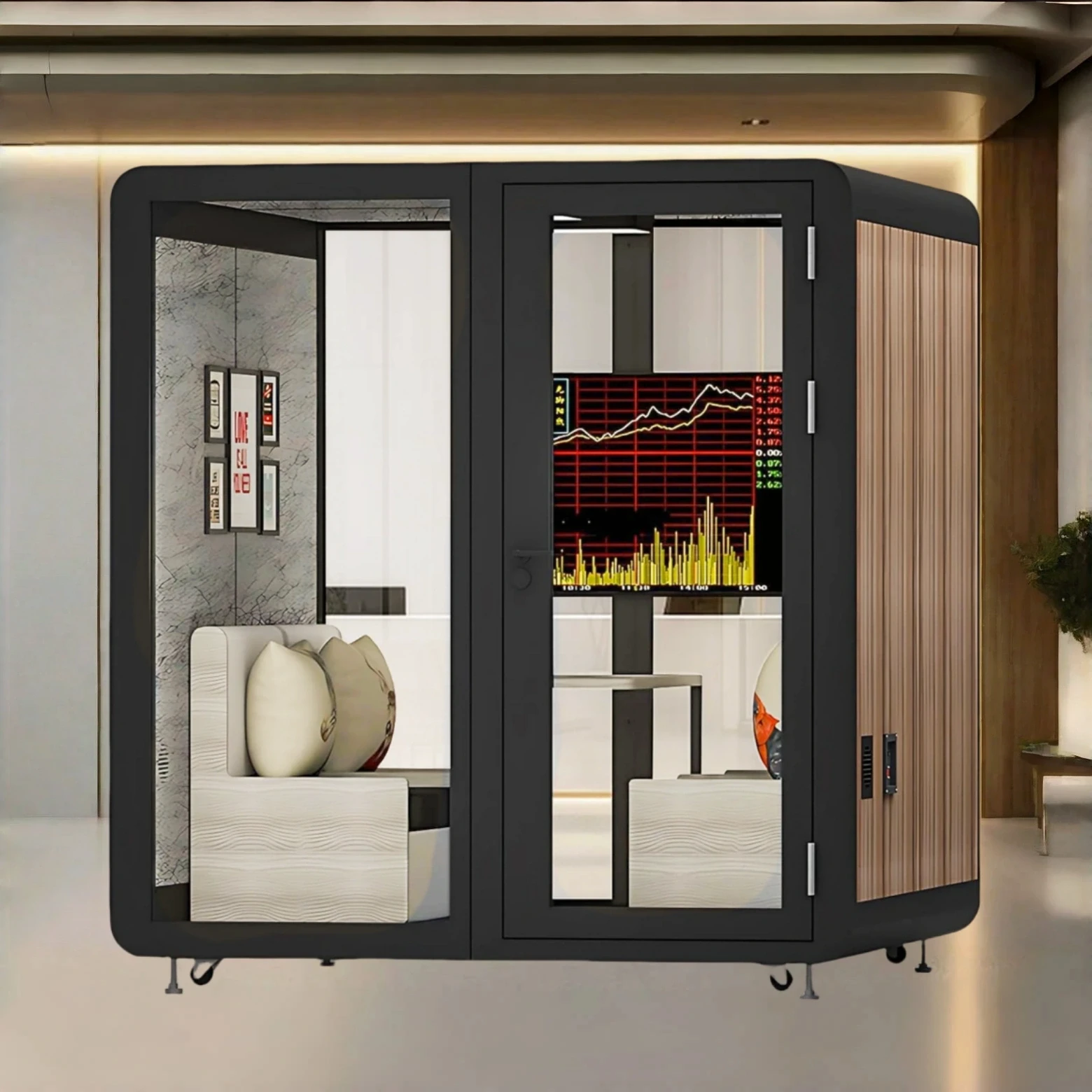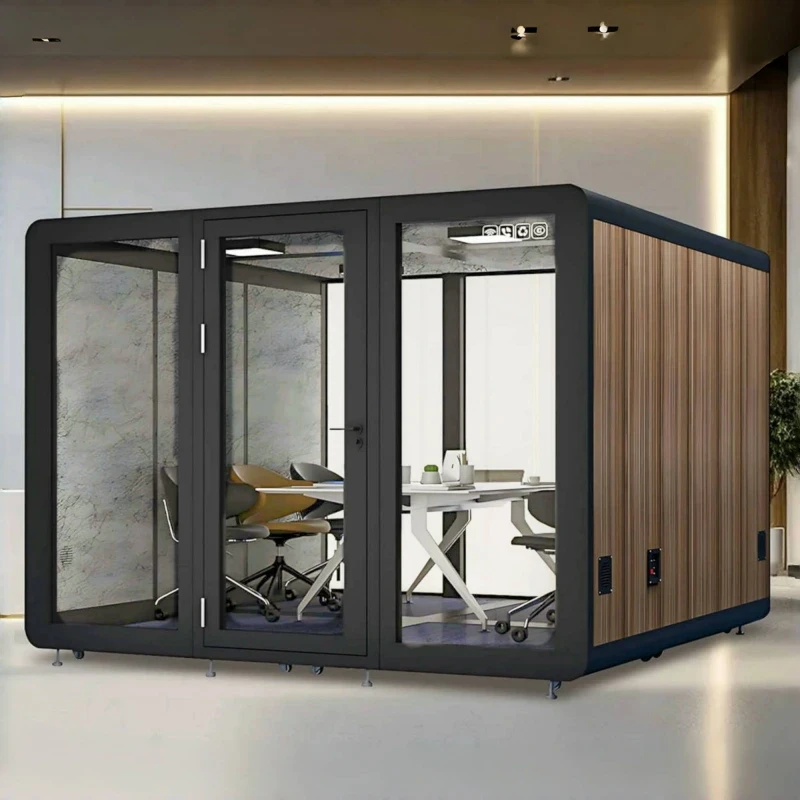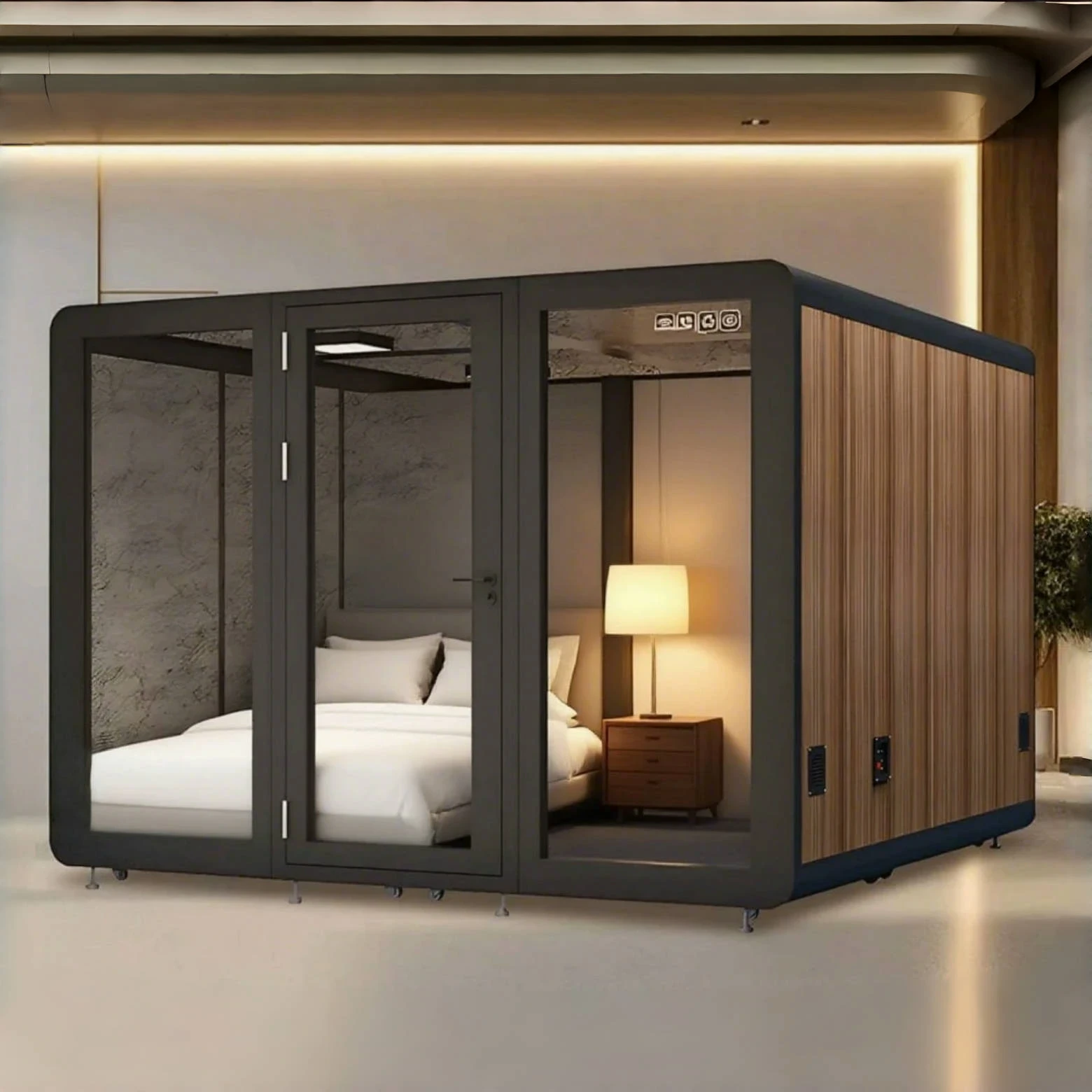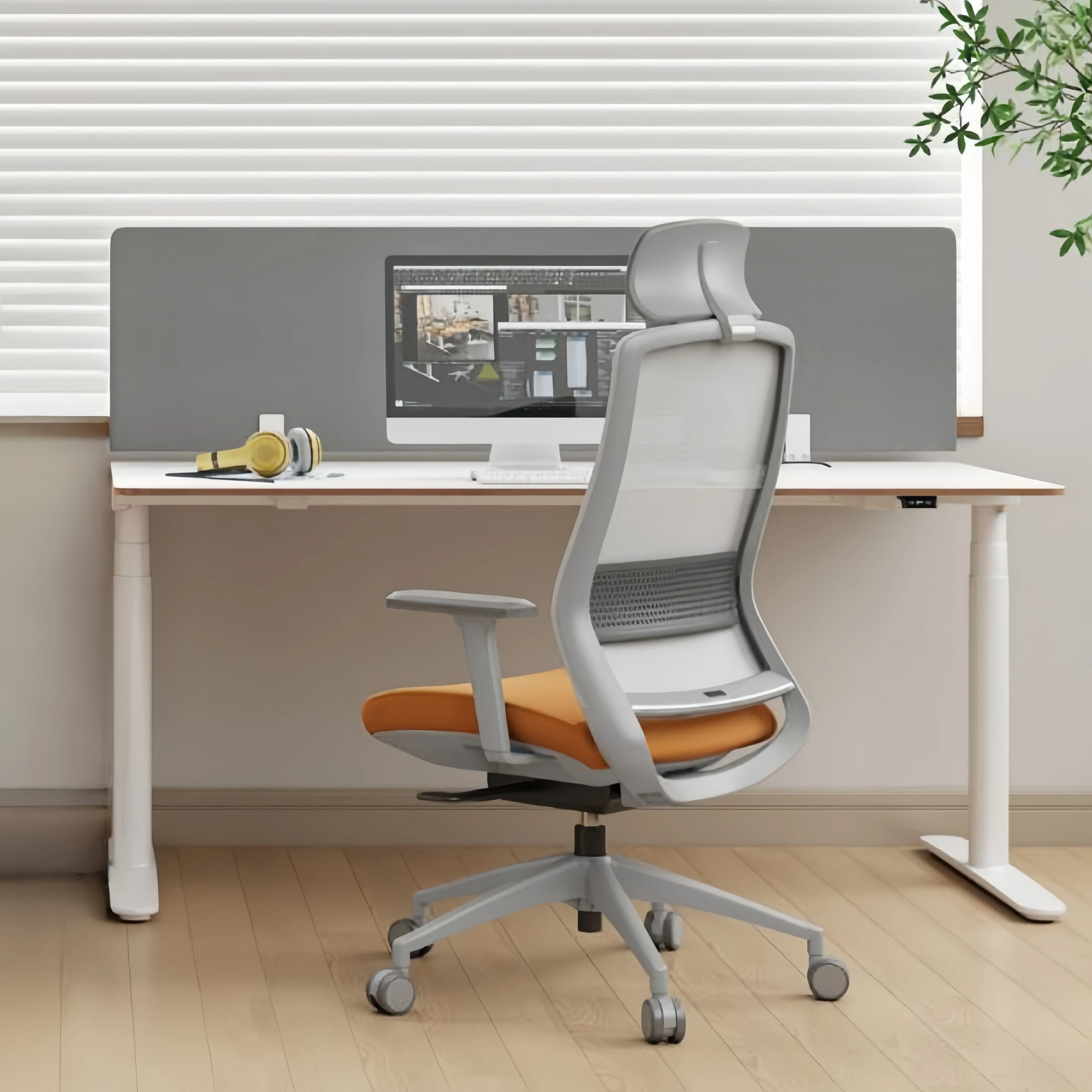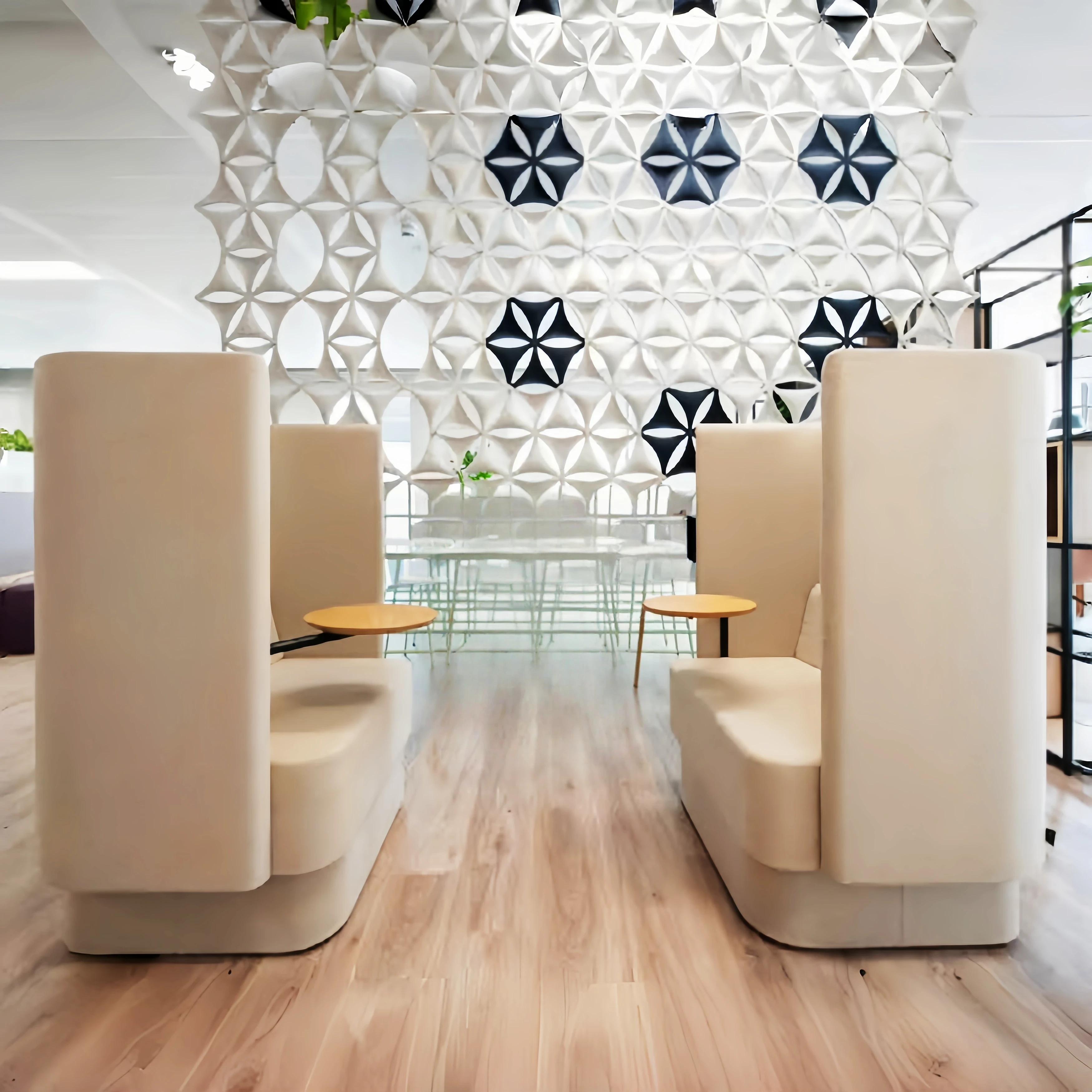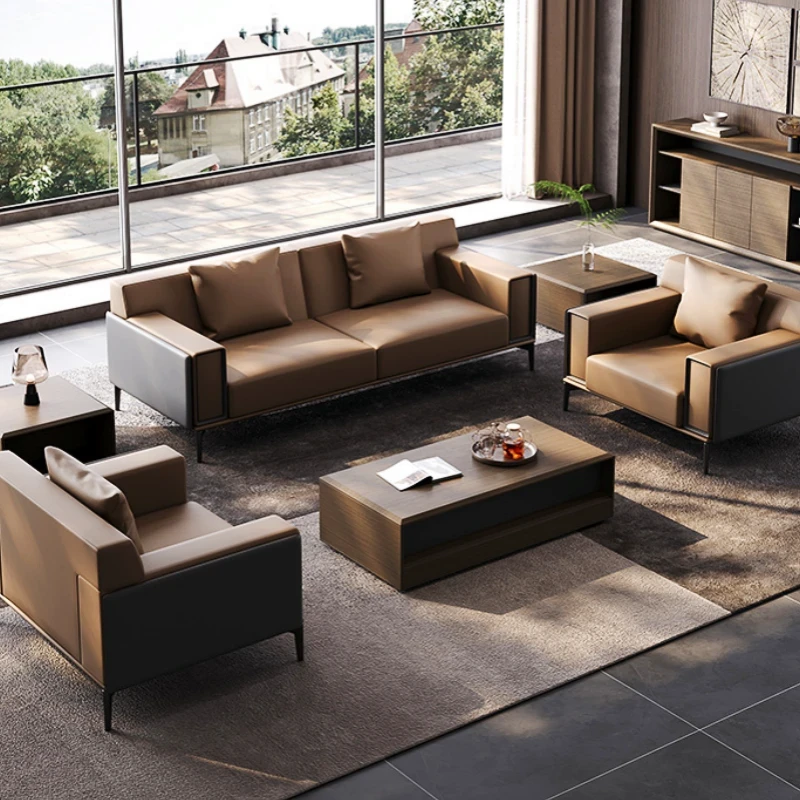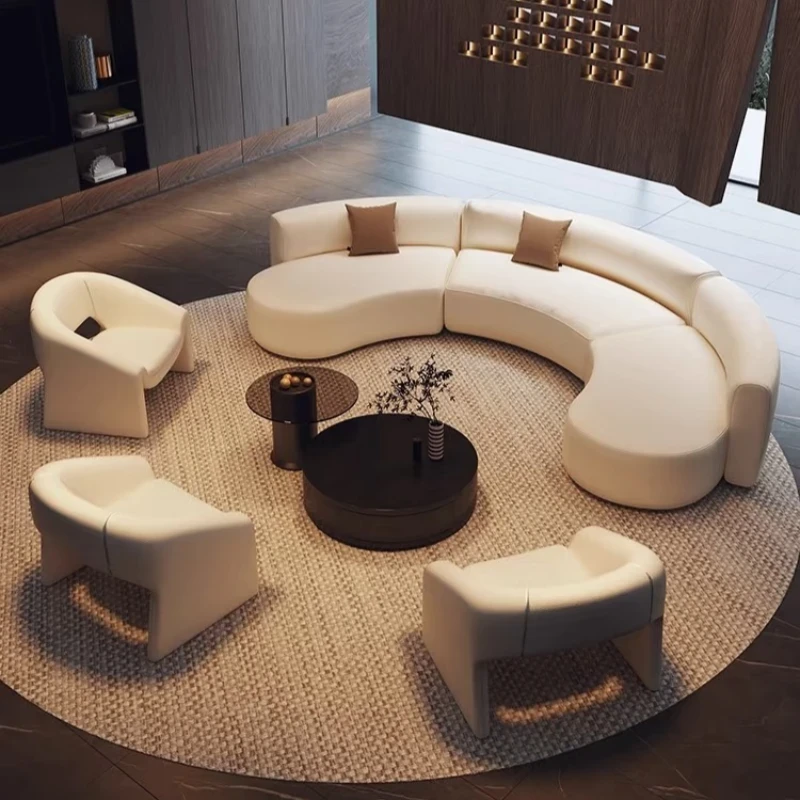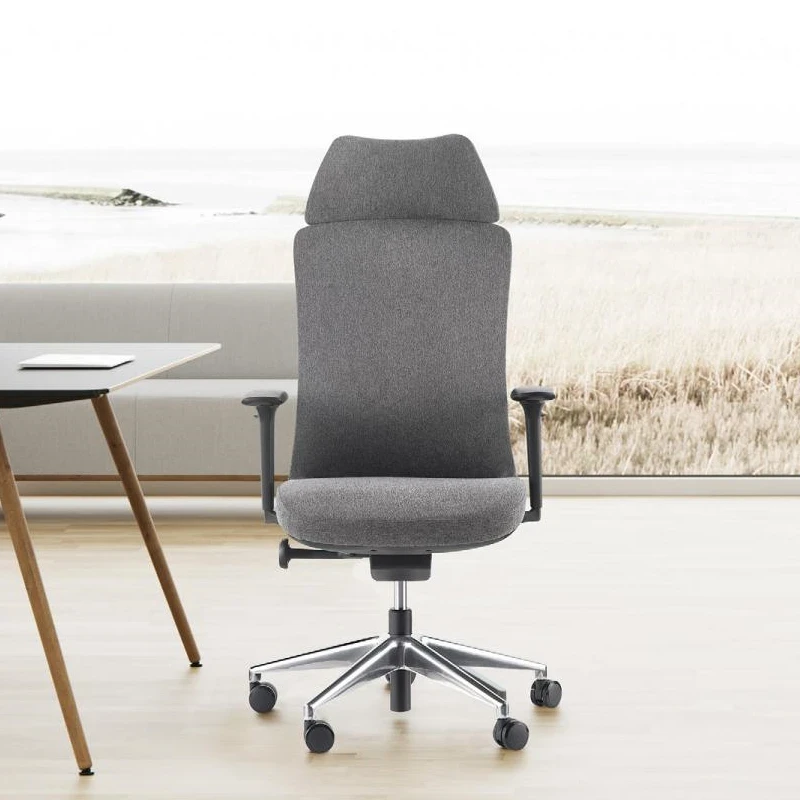The Golden Rule of Workstation Size: The Science and Ergonomics Behind 4–6 ㎡
Oct 19, 2025
On the path to healthy and comfortable work, chairs have become an indispensable part of our daily lives.
On the path to healthy and comfortable work, chairs have become an indispensable part of our daily lives. From simple manual adjustment to today's highly intelligent sensing technology, the evolution of ergonomic chairs not only bears witness to technological advancements but also profoundly impacts our work and lifestyles.
In May 2024, Xihao released its first intelligent ergonomic chair, integrating audio, massage, and health monitoring into a new experience. This has transformed people's perception of chairs and is propelling ergonomic chairs from the era of traditional products into the era of intelligent technology.
We can't help but wonder: How will the field of ergonomic chairs evolve further? Building on a solid foundation of ergonomic principles, how will it lead us into a new era of health and comfort?
From Manual Adjustment to Intelligent Sensing: The Rapid Development of Ergonomic Chairs
The concept of ergonomic chairs dates back to the 1950s, when designers sought to improve the comfort and health benefits of chairs through scientific methods. With the widespread application of ergonomics, ergonomic chairs have taken on a wider range of forms, with features such as adjustable lumbar support, headrests, and armrests gradually becoming available.
In recent years, with the maturation of semi-automated and automated ergonomic technologies, the field of ergonomic chairs has made a significant leap from manual adjustment to adaptive and intelligent adjustment. Intelligently adjustable ergonomic chairs, in particular, not only automatically sense the user's body shape, sitting posture, and physical condition, but also allow hands-free self-adjustment, providing a personalized, healthy, and comfortable experience.
The Difference Between Traditional and Intelligent: Technology Optimizes the User Experience
So, what are the differences between traditional and intelligent ergonomic chairs? In a nutshell: user experience.
While traditional ergonomic chairs offer a certain degree of comfort compared to standard office chairs, their manual adjustment method limits adaptability and convenience, requiring users to constantly make adjustments based on their needs. Furthermore, due to the lack of intelligent monitoring and feedback mechanisms, many users are unaware of any posture issues even when using ergonomic chairs, exacerbating health risks.
In contrast, smart ergonomic chairs integrate advanced sensors, learning algorithms, and control systems to accurately monitor and intelligently adjust the user's sitting posture in real time, redefining the boundaries of comfort and health.
Take the T6, China's first smart ergonomic chair, as an example. Its iChair lightweight decompression technology encompasses four innovative components: a massage and decompression system, an immersive acoustic system, a health management system, and an intelligent ergonomic system. It also offers enhanced convenience and a personalized experience through multiple control methods, including voice, mobile app, and touchscreen.
Take the T6's massage function as an example. According to Antara News Agency, previous studies have shown that massage has both psychological and physical benefits. For example, an Australian study found that a ten-minute muscle massage after exercise can reduce pain by 30%. Another retrospective study further found that cortisol levels decreased by 31% after massage. Meanwhile, levels of feel-good hormones like dopamine and serotonin increased by approximately 30%. The Xihao T6's massage and decompression system draws inspiration from the techniques of traditional massage masters. Through precise waist and shoulder massage, it effectively relieves muscle fatigue and pain caused by maintaining the same posture for extended periods.
In addition, the T6 features a state-of-the-art audio solution. A carefully curated selection of music and natural sounds promotes relaxation and emotional well-being, creating a tranquil and restful atmosphere that fully meets the user's needs for mental relaxation and emotional well-being, making every seat a pleasurable spiritual journey. The inclusion of a health management system monitors the user's health data in real time and provides targeted feedback, transforming the chair beyond simply being used for sitting and becoming a health and wellness pod.
The future of chairs may see deep integration into the new smart home ecosystem.
The launch of the Xihao T6 has already heralded the future of the ergonomics market. How will ergonomic chairs continue to reshape our lives and work environments?
Perhaps, ergonomic chairs of the future will no longer be limited to simply "sitting" and "supporting," but will seamlessly integrate into the vast ecosystem of intelligence. They will work closely with smart lighting, audio, healthcare, and other technologies to create personalized, intelligent living spaces.
The remote control and intelligent linkage features demonstrated by the Xihao T6 demonstrate that users will be able to adjust their chairs anytime, anywhere, enjoying unprecedented convenience and comfort. This trend of deep integration into the new smart home ecosystem will undoubtedly bring us a better work and life experience.
With growing health awareness, smart ergonomic chairs will gradually evolve into important "health products." By providing functions such as massage, music, health management, and audiovisual entertainment, we can enjoy real-time relaxation and comfort while working. With the continuous advancement of medical technology, smart ergonomic chairs may achieve deeper integration with medical devices, providing users with more precise and personalized health services.
From manual adjustment to intelligent sensing, the technological evolution of ergonomic chairs not only witnesses technological leaps and continuous optimization of user experience, but also demonstrates the broad prospects of the smart home and healthcare fields. As Xihao Chairman Luo Huiping said, perhaps in the future, chairs can also become life support pods for humans. Chairs will also open up to more possibilities.
Subscribe To Our Newsletter
You Can Get The News Of Our Products
SIGN UP

 USD
USD
 GBP
GBP
 EUR
EUR
